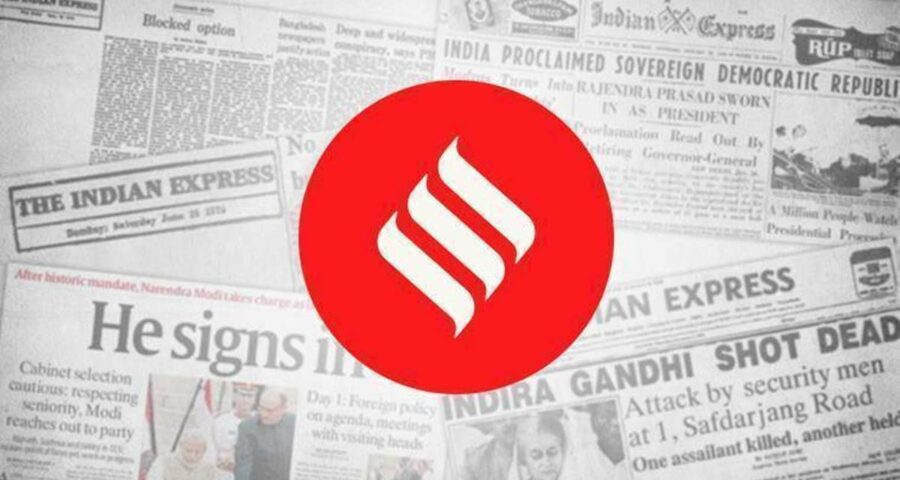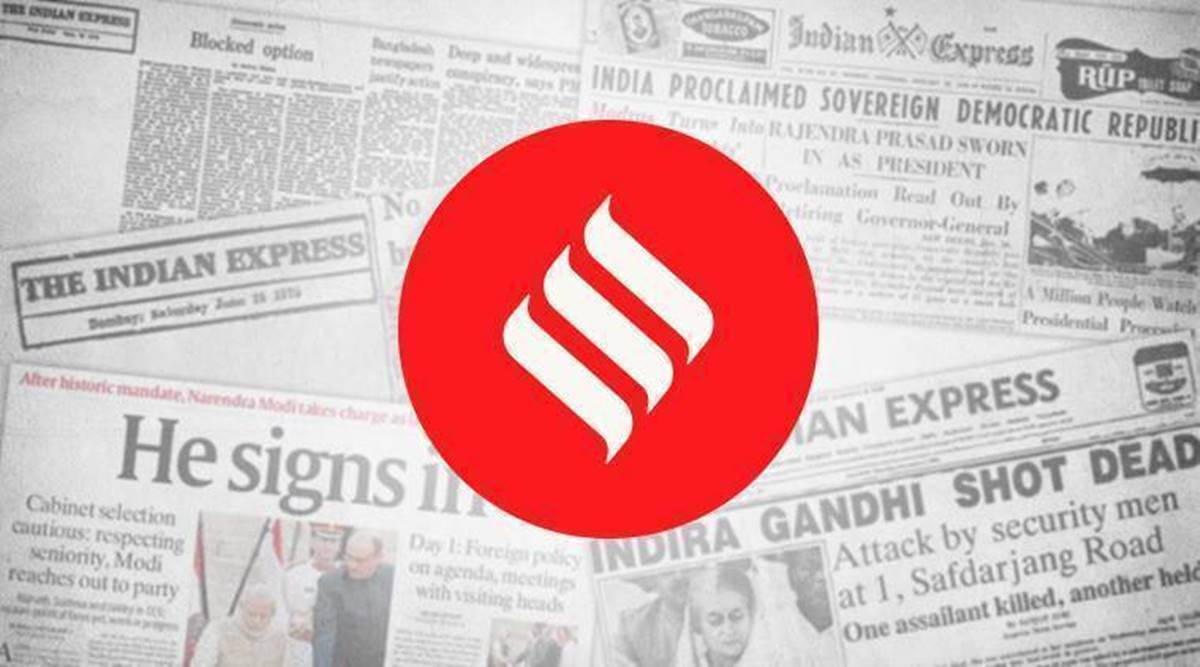From the cumbersome suitcase to the convenient tablet — the budget has shaped up
There has been in bureaucracies across the world — almost from the time governments first came into being, really — an unfortunate correlation between volume and gravitas. In India, since the days of the Raj, this correlation was seen year after year on Budget Day. Finance Ministers would be forced to carry a hefty suitcase — draped in red lining, or cloth of any other colour of their choosing — lugging with them the thousands of pages that contained the Union government’s accounts and projections for the year gone by and the one to come. Not so in 2021.
On February 1, there was no cumbersome suitcase in Parliament, no stack of papers photocopied ad infinitum to be distributed in the House. Instead, Finance Minister Nirmala Sitharaman held the country’s account book in a series of zeroes and ones on a thin tablet, wrapped in red velvet, embossed with the national seal — a reminder that there is serious business being conducted on the same device many play Candy Crush on. There is more to India’s first “paperless” budget — MPs, and others interested in the minutiae of government accounting, can access the documents through an app, for instance.
The move to a “digital budget” was, of course, catalysed by the pandemic. The question, though, is: Why did it take so long? For one, many of the most hallowed institutions and practices have already been transported to the ephemeral realm of the internet — from “the day in court” to education and work. Of course, doing things the way they have been done signals continuity, and even legitimacy, especially in matters of state. It is also true that bureaucracies judge productivity by the paperwork they generate. But, perhaps, the secret the giant suitcase was hiding is that matters of government don’t have to be all that cumbersome. Sometimes, a tablet is just the right pill.
Source: Read Full Article


